Our Characters
Share information about your brand with your customers. Describe a product, make announcements, or welcome customers to your store. Share information about your brand with your customers. Describe a product, make announcements, or welcome customers to your store.Share information about your brand with your customers. Describe a product, make announcements, or welcome customers to your store.
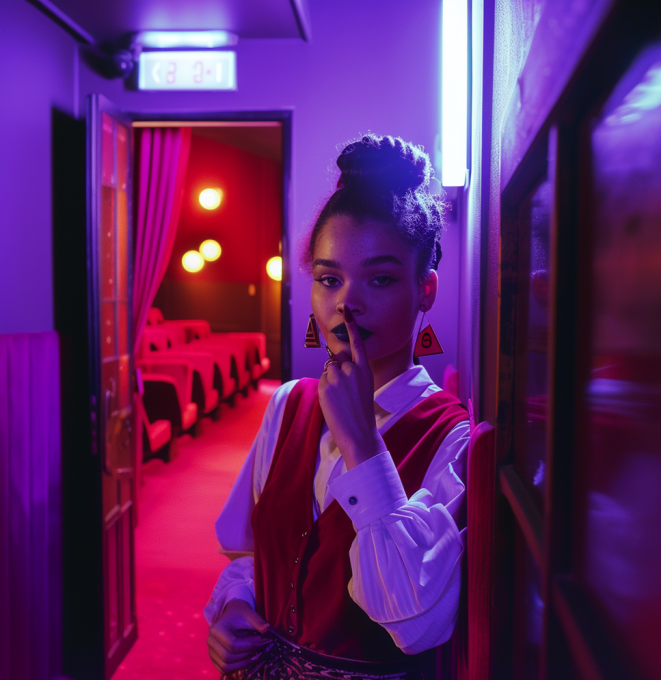
Dione
Age: 20
Date: 1988
Location: Birmingham
Occupation: Usher
Heritage: Caribbean
Circumstances: I live with my mum in a flat. I work at the Odeon cinema. It’s not what I want to do forever, but I’m still figuring things out.
Personality: Outgoing, bubbly, funny. I love singing and spending time with my friends.
Ambition: I dream of being a star! A singing, dancing, acting superstar.

Emma
Age: 38
Date: 2005
Location: London
Occupation: Investment Manager
Heritage: English
Circumstances: I live with my husband in a detached house. He works in banking. We moved out of the city to live at a more relaxed pace, although we both bring our work home with us most nights
Personality: Married, Professional. Dedicated to my work but loving life in the suburbs.
Ambition: My ambition is to become CFO of my company (but my secret dream is to become a mum too)
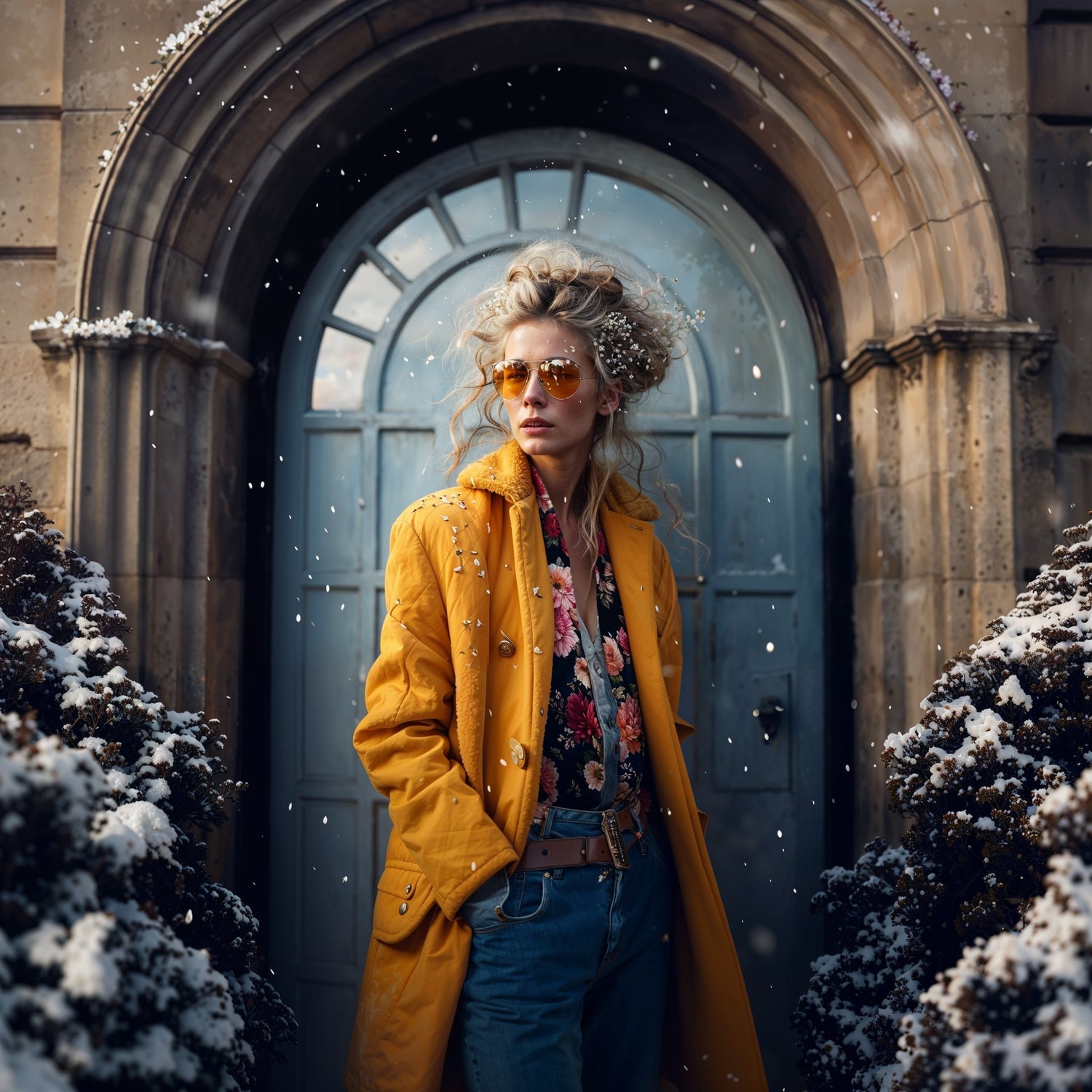
Danielle
Age: 32
Date: 2007
Location: Cardiff
Occupation: Marketing manager
Heritage: Welsh
Circumstances: I got my own flat in Cardiff. I visit Mam and Dad when I can but mostly I’m out on the town with the girls, or at home in my PJs.
Personality: Party girl, Social butterfly,Gym Bunny – Love life in the city. YOLO!
Ambition: To be Princess of Wales lol! And… meet a nice man, someone really lovely, with a good job. Someone who thinks I’m lovely too.
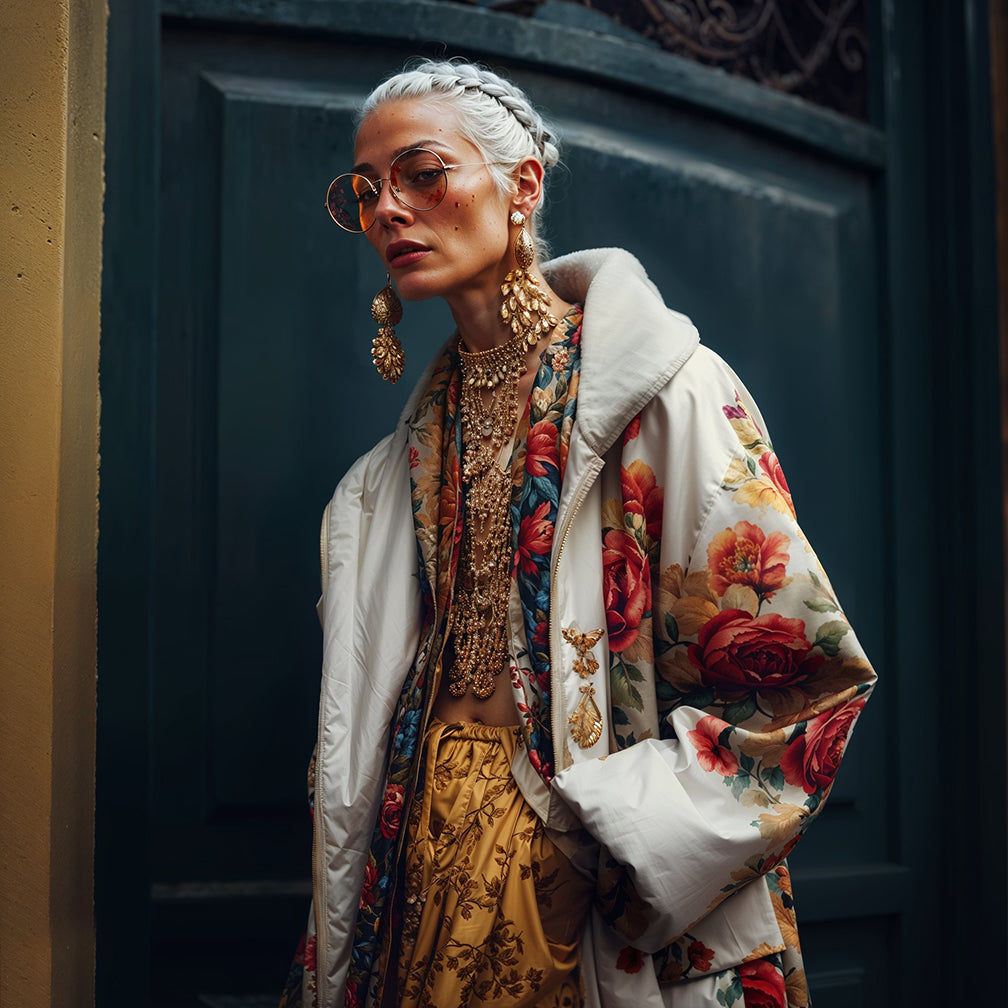
Maggie
Age :42
Date: 1977
Location: Manchester
Occupation: Retail
Heritage: English
Circumstances: I live with him, my husband, in a mid terrace. He’s not been the same since he got laid off. Got two kids, a boy and a girl, fight like cat and dog.
Personality: I work in the shoe shop on Darnhill. Near the pie shop, come in and say hello if you’re passing.
Ambition: A fur coat and a holiday abroad, somewhere it doesn’t rain.
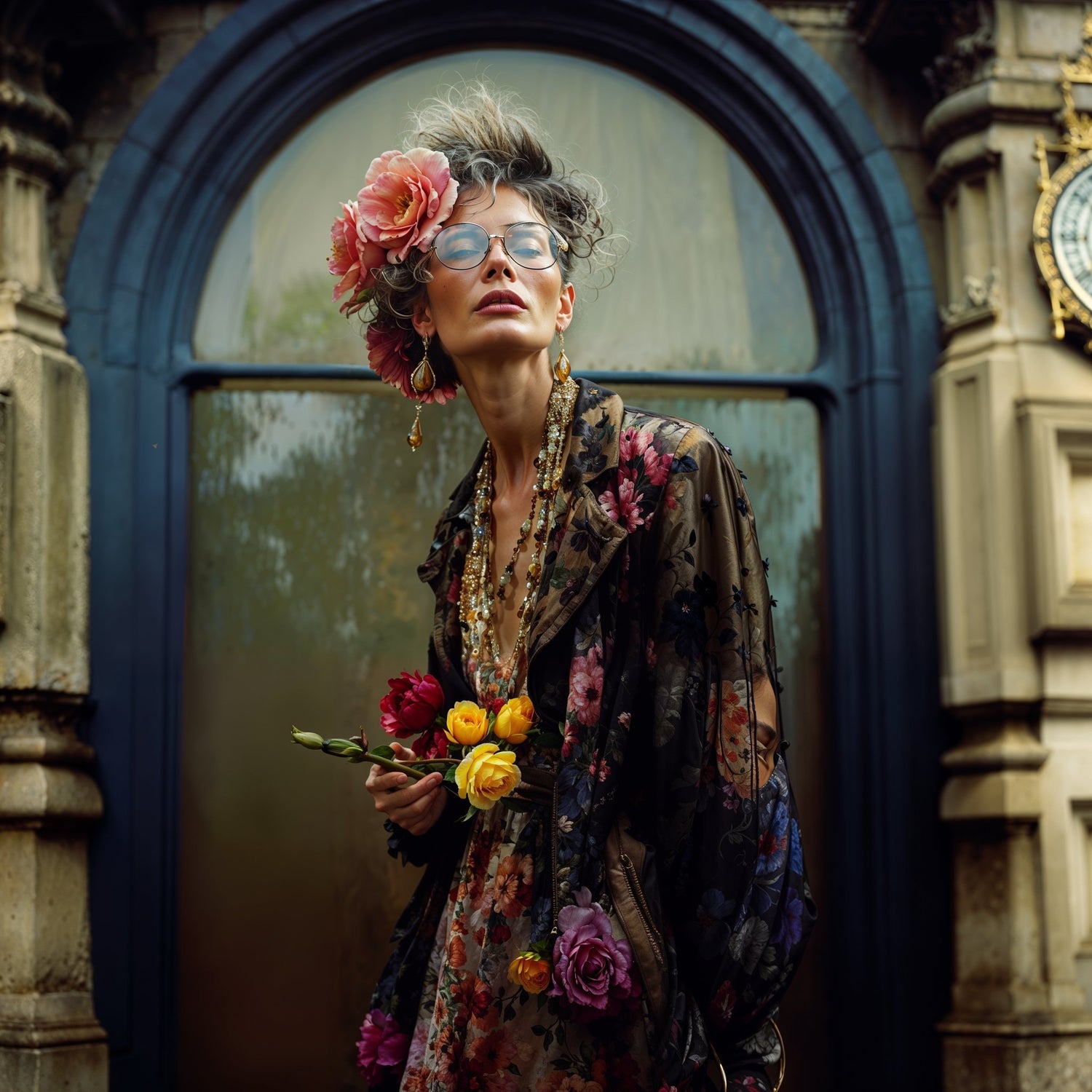
Lauren
Age :20
Date : 1988
Location : Birmingham
Occupation : Usher
Heritage : Caribbean
Circumstances : I live with my mum in a flat. I work at the Odeon cinema. It’s not what I want to do forever, but I’m still figuring things out.
Personality: Outgoing, bubbly, funny. I love singing and spending time with my friends.
Ambition : I dream of being a star! A singing, dancing, acting superstar.
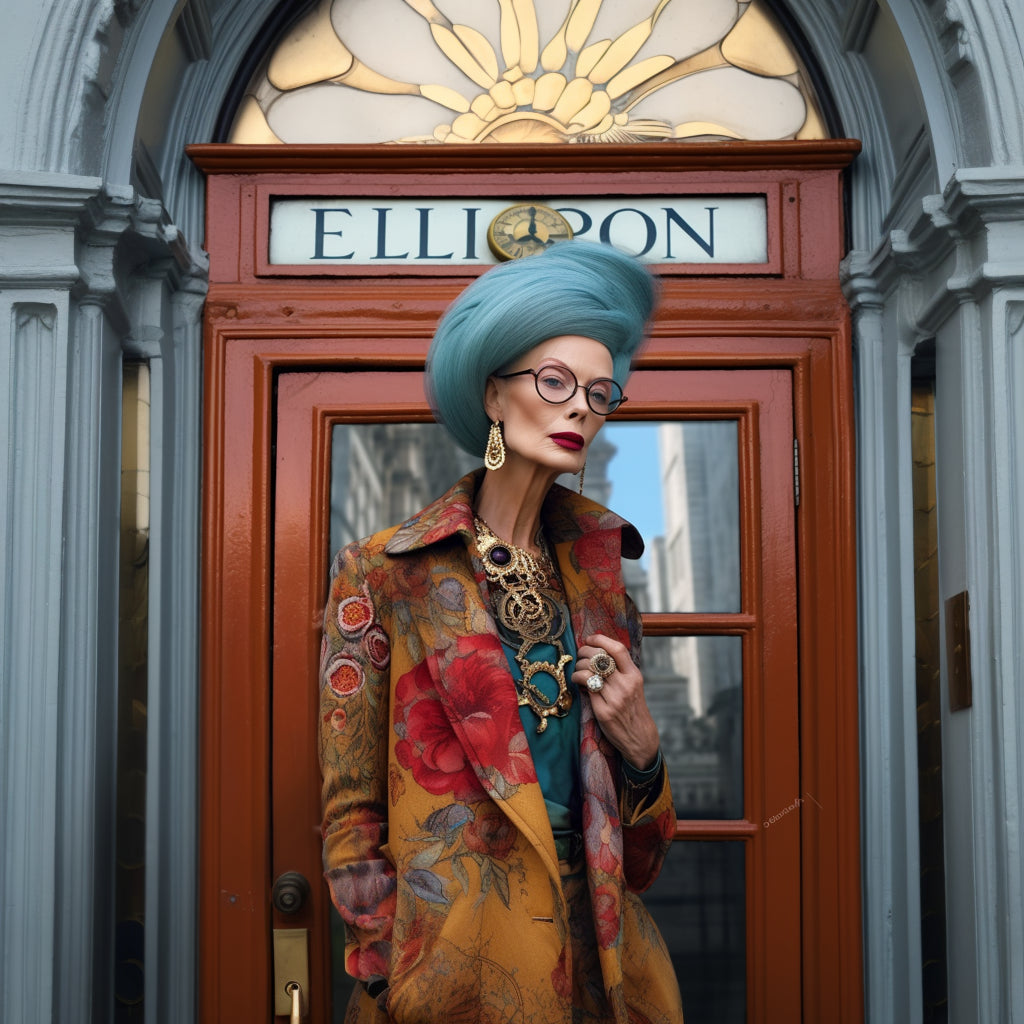
Janice Spelling
Age :20
Date : 1988
Location : Birmingham
Occupation : Usher
Heritage : Caribbean
Circumstances : I live with my mum in a flat. I work at the Odeon cinema. It’s not what I want to do forever, but I’m still figuring things out.
Personality: Outgoing, bubbly, funny. I love singing and spending time with my friends.
Ambition : I dream of being a star! A singing, dancing, acting superstar.
-
Column
Pair text with an image to focus on your chosen product, collection, or blog post. Add details on availability, style, or even provide a review.
-
Column
Pair text with an image to focus on your chosen product, collection, or blog post. Add details on availability, style, or even provide a review.